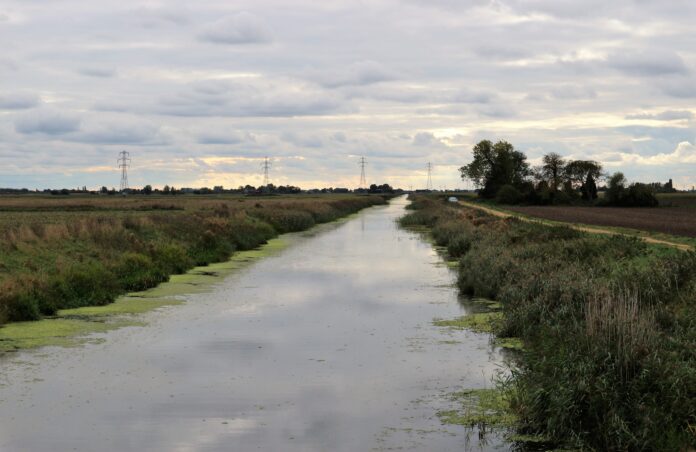STRANGE NAMES
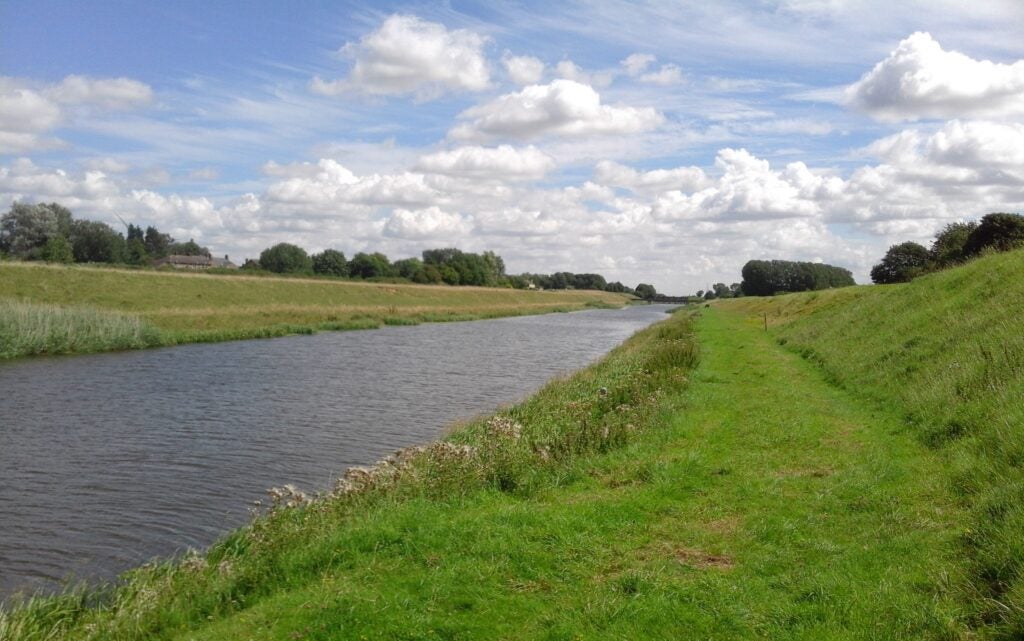

I had driven over the North Level Main Drain at Tydd Gote many times, always too busy to stop on the way to visiting family who used to live close by. I eventually arranged to fish the wider match stretch at Sutton Road Bridge, which runs down to where the drain ends at Foul Anchor. I quickly discovered I had been missing out, catching a load of roach, perch, skimmers and bleak on a 5-metre whip, while a mate caught a brace of cracking tench. I went back and found a proper slab-sided bream on the pole, later in the session bagging up with quality roach on hemp and tares. It turned out there’s lots you can do on this prolific venue, which early season often throws up big weights of bream. I found out that travelling back in the other direction from where the waterway finishes at the tidal Nene sluice, there’s another 10 miles to explore, as far as Clough. Another wonderfully named section I came to visit was called Black Dyke.
BAIT OPTIONS
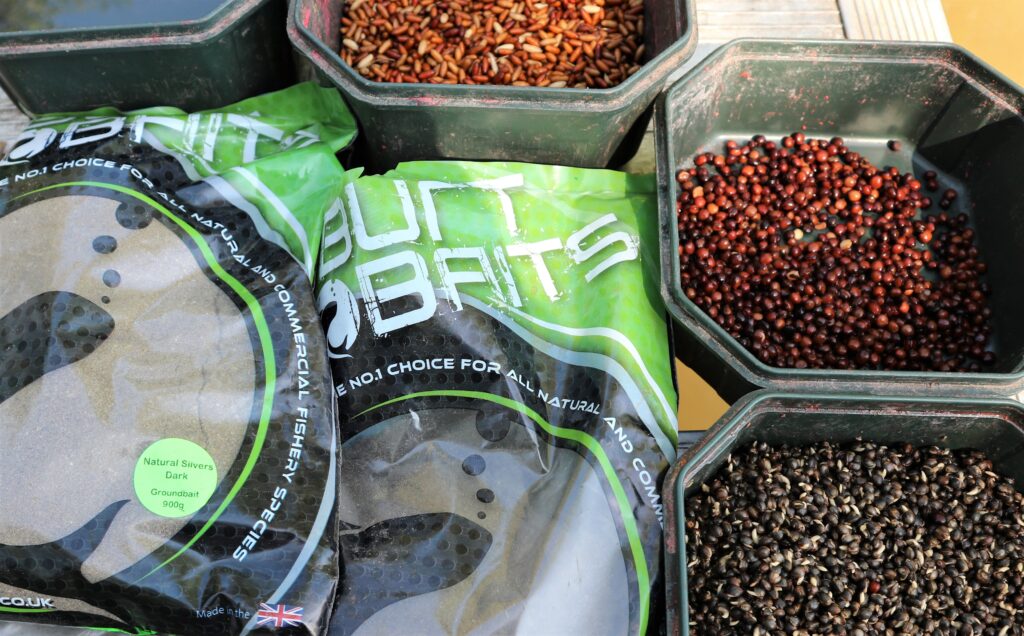

Drain fishing is not much different from canals, but comes with less bankside disturbance and fewer boats. Similar bait menus work, such as dark groundbaits, maggots, casters, pinkies, worms and squatts (if you can get them). Hemp and tares are also worth a try, especially late summer when elderberry bushes are bearing fruit, which is always a good pointer when seed baits will be most effective. Feeder tactics are mainly used on the lower and wider part of the North Level Drain where I first fished, while on narrower sections pole tackle dominates, although a light waggler cast over to the far side rushes is also worth considering. Small bleak and rudd can be a nuisance at times, hence the hemp and tare approach being a good option. Lobworms fished over chopped worm and caster shouldn’t be ignored for big perch, while for other species sweetcorn or pellets are other good ways of getting through to them when small fish are active.
THE MAZE
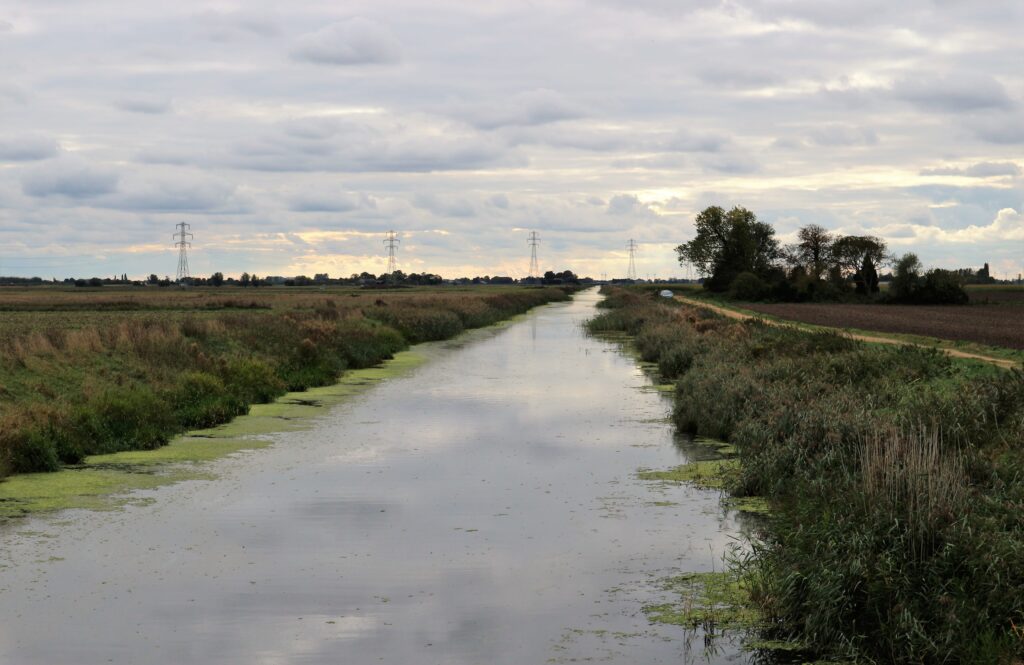

I quickly discovered it isn’t easy finding many sections of the numerous drains that network their way across fenland. It’s mostly a case of exploring the back roads looking for bridges, which are the most obvious access points. Another option is studying Google satellite maps, a job that unearthed this section at Black Dyke. Even then I went sailing past first time because a road sign was positioned the wrong way round. Then you have to drive down farm tracks, hoping to find fishable water at the end of them, praying you don’t get bogged down. But when you do come across miles of reed-lined drain, it all somehow seems worth the effort. On my first visit to this stretch I caught the biggest perch that’s ever graced my landing net, also enjoying lots of bites from quality roach and the odd skimmer. The only person I saw all day was the bailiff and it was only £5 for a day ticket, or in my case £12 for a season. I couldn’t complain about that.
SCRATCHING THE SURFACE
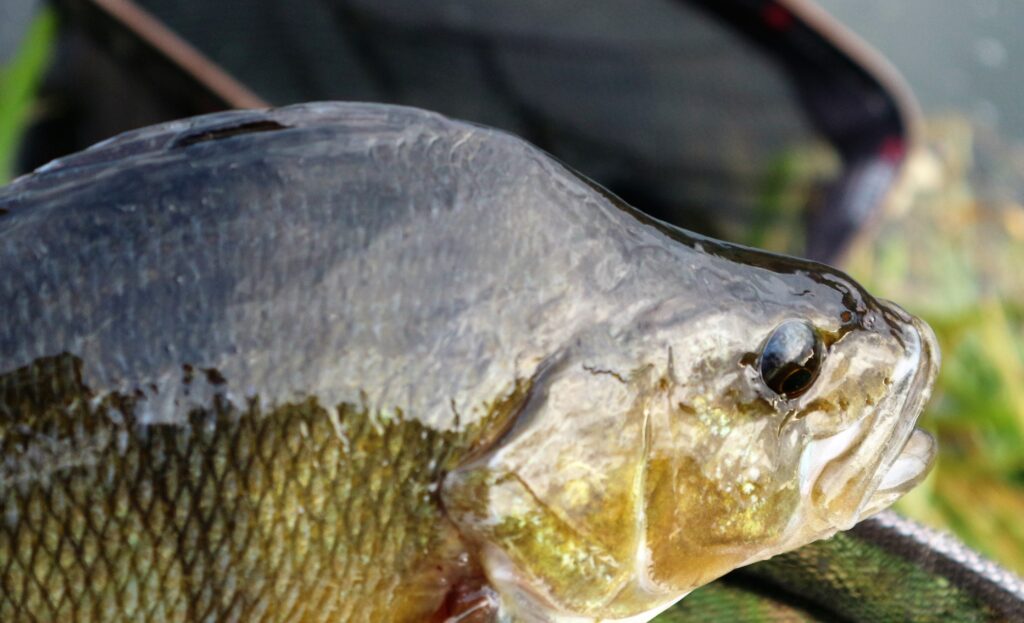

The biggest problem when trying to get to know what to expect from drains, especially the lesser-known ones, is finding out what they hold fish-wise. You can get odd snippets on the internet, but most clubs that hold fishing rights are not brilliant when it comes to updating their websites, or even telling you what’s on offer. Mostly you have to discover the potential yourself, although I have found bailiffs very helpful. The main hurdle with drains is the huge shoals of fish they hold tend to migrate with the changing seasons, so if you are not aware of this you can experience great days and dire ones. That’s what happened to me on several return visits, where fabulous fish like this had gone completely. Another issue with some of these waterways is the levels are dropped several feet in the winter to avoid flooding surrounding farmland, so you need to find the deeper stretches to have a better idea of where the fish are likely to end up.
FEATURE FINDING
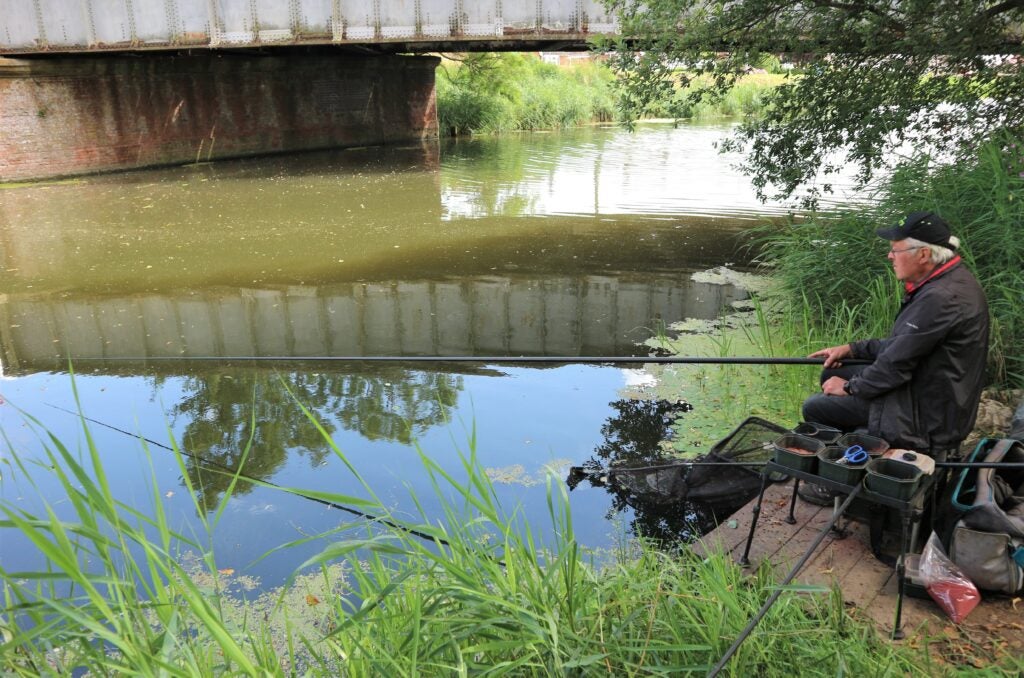

Many miles of the fens are featureless, so bridges, sluices, culverts, moored boats, weed beds and junctions with other drains are all obvious fish-holding spots. But even on straight sections you will find slight variations that can flag up potential. It only needs to be an overhanging bush, landing stage or thicker area of far side rushes to make a difference. Higher banks can be awkward to fish, but are often where big shoals congregate in the winter, providing good shelter. Built-up areas are always a good winter bet because they normally have features, making a better haven from cormorants, mink, otters, zander and pike. Waterfowl get regularly fed by the public in these areas too, which attracts fish. The railway bridge to my right in the accompanying photograph is on the Maude Foster Drain north of Boston. There’s a busy road behind and houses on both sides running into town where the biggest catches are normally made.
GOOD MARGINS
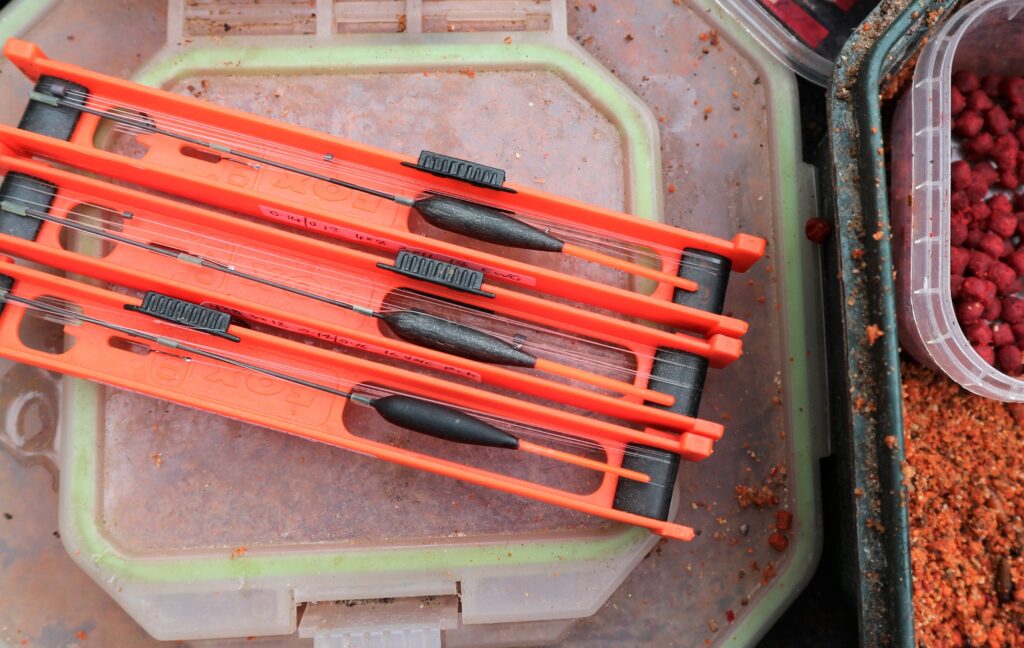

Since getting back on drains over the past few years, I’ve discovered fish often hang around the weedy margins, which in many areas is probably the only cover they can find. On several venues I’ve tried searching the deeper water down the main channel and couldn’t buy a bite there, but trickling bait closer in, or tight over to the far side has often produced loads of action. When using the pole I like these stubby floats for margin work, particularly a chopped worm/maggot/caster approach. I use finer-tipped models for punched bread and hemp in deeper water further down the shelf, although most of the drains I’ve fished don’t have such pronounced slopes as canals, which see more boat traffic. Many drains have steep banks, which makes it tricky unshipping long poles, so if there isn’t too much drift or floating surface weed I tend to use a waggler to explore the far bank. People often give me strange looks when I set one up, but it works.
INSIDE OUT
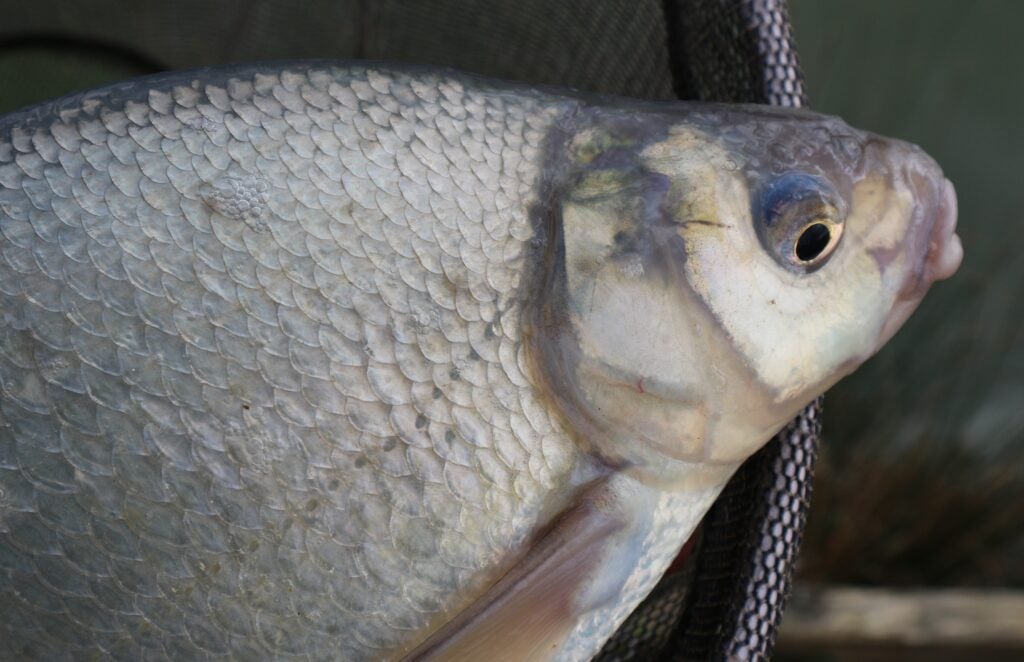

Having explored several different drains over the past year, an interesting pattern has emerged. Unless lucky enough to sit on a shoal of bream, or a nest of tench, it has been a case of working swims hard to gain a response. An old canal trick works wonders, and that’s to feed up the far side with catapulted casters or maggots for at least a couple of hours, while searching the water closer in. A great way of pulling bites on the inside is to regularly feed small balls of dark groundbait laced with chopped worm and a few casters, starting with red maggot on the hook. Once perch arrive I try worm, finding this natural bait works wonders, especially in areas that don’t see much angling pressure. If the bites keep coming, I loose feed a few casters too, trying these as the session progresses. Caster pulls big bonus fish like skimmers and tench. Once I go over on the waggler, if anything is out there, this method produces straight away.
FORGOTTEN PLACES
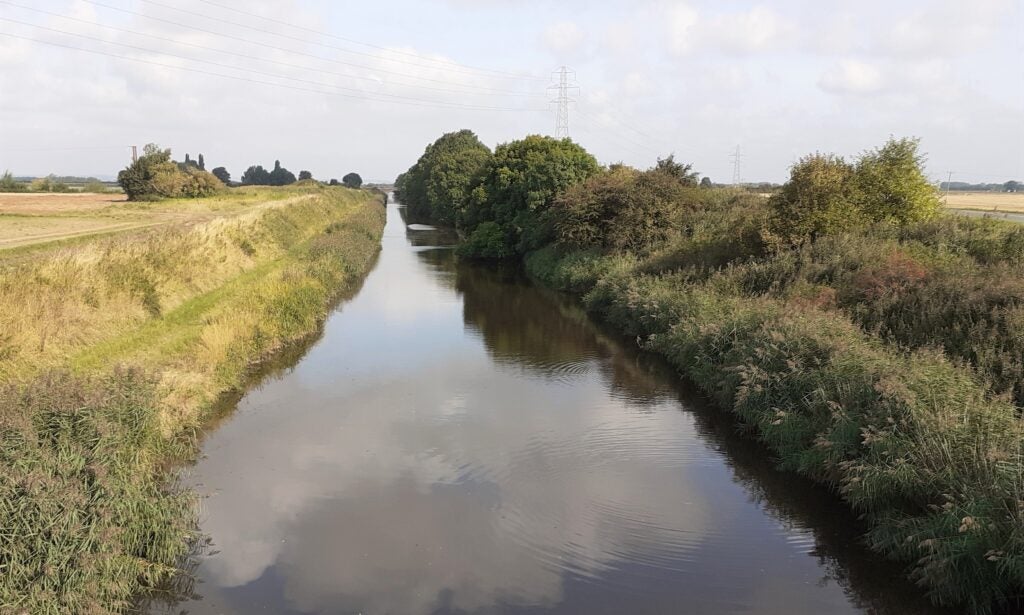

Not all drains are featureless stretches of windswept water, as you can see here. This is the Hobhole, a few miles outside Boston. Nobody much bothers with it these days, so I went exploring and discovered some interesting looking spots. The far bank on both sides of a road bridge offered plenty of tree, bush and reed cover. I spent half a day driving down rough farmland roads to find this place, afterwards checking on the internet, but there was no information about it. When I first visited, the drain was flowing like a river, being run off hard. I drove further along it and eventually came to a pumphouse. The guy working there explained they were running water off due to heavy rain the previous day. He told me the place was stuffed with fish, but hardly saw any anglers, apart from the odd piker. I returned to have a go a few days later. It was harvest time in the surrounding fields, with heavy machinery making it an unusually noisy experience.
INTERESTING FIND
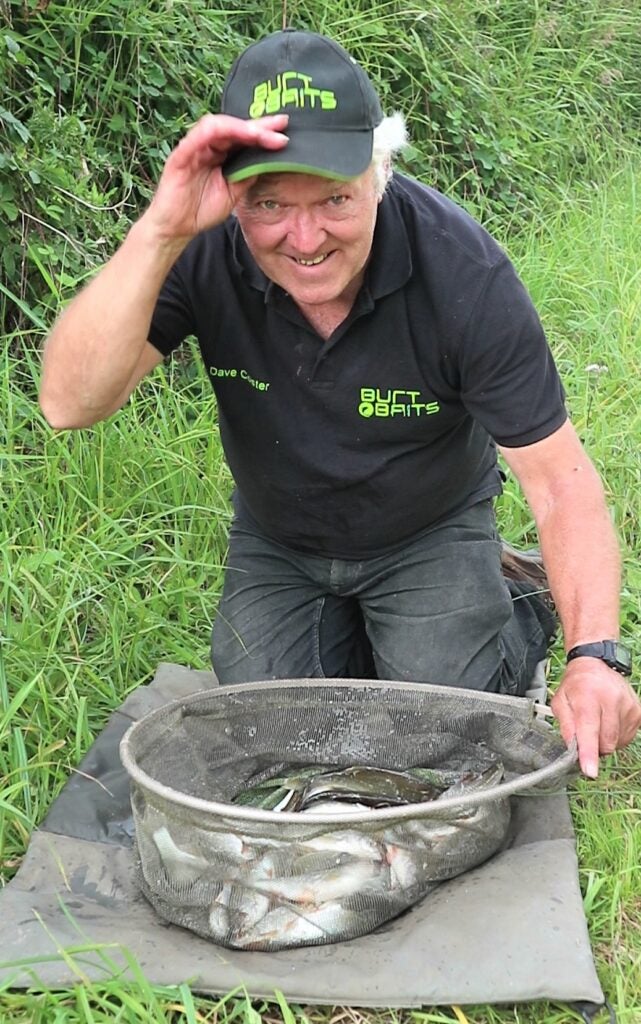

The main problem with the Hobhole Drain is finding access points. The banks are like a jungle along much of it. I discovered a few comfortable swims by a bridge, but hadn’t bargained for combine harvesters rolling up and working on the fields behind, along with all sorts of heavy farm lorries and machinery rumbling along a nearby road all day. I imagined this spot was normally very peaceful. It was a strange session. I found the waterway a bit deeper than expected, with hardly any underwater weed to worry about. I had nice overhanging bush cover on the far bank and thick reed beds on my side. I started down the middle in the deepest water but couldn’t buy a bite there. Odd fish were topping closer in, so I set up a short pole rig to fish on-the-drop style, feeding small balls of cloudy groundbait. I caught well like this, mainly a good stamp of roach, rudd, perch and hybrids. I kept trying further out, but that inviting looking area never produced.
ANOTHER BRIDGE
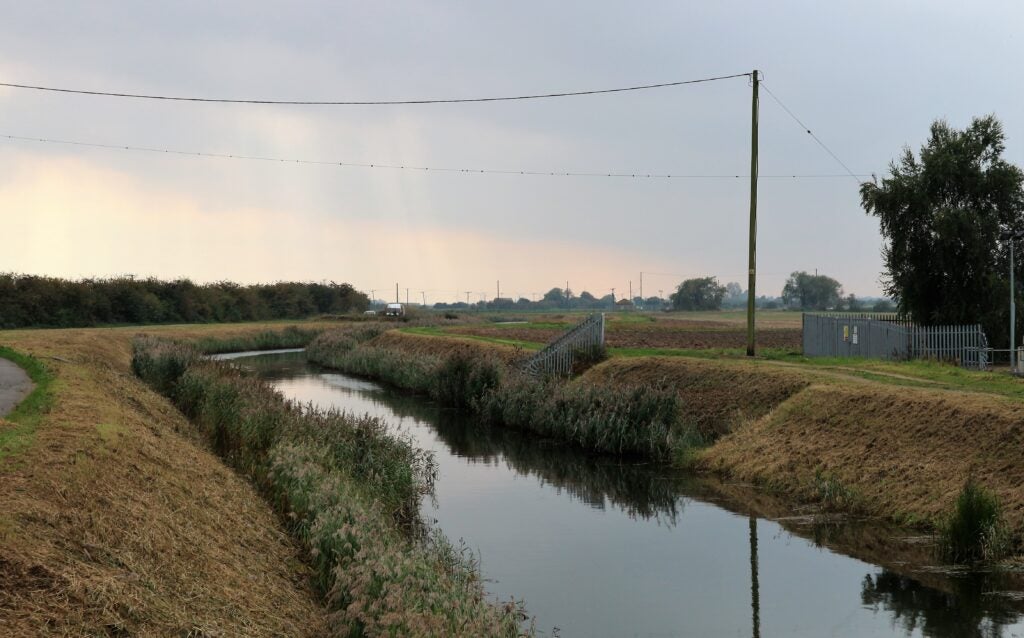

More exploring of the back roads in fenland unearthed another interesting off-the-beaten-track venue: Leedsgate Bridge on the South Holland Drain. The accompanying photograph shows the west side of the bridge, where the water is narrower, but to the east side there were 15 cut-out pegs, around 12 metres wide and with 6 feet of depth. Both banks were heavily lined with reeds and the water had a bit of colour when I went there with my mate Andy. I had discovered this spot a few months previously when it was still cold, struggling for a few small fish, although I did lose something big that wallowed around on a light rig for ages. I suspect it was either a tench or big perch, but the tiny hook I was using to conjure bites lost its hold. On my return visit I fished a pole in the deep water and tried my trick of pinging casters over to the far bank, intending to switch to the waggler later. I caught roach, rudd, hybrids and perch closer in.
ELASTIC STRETCHERS
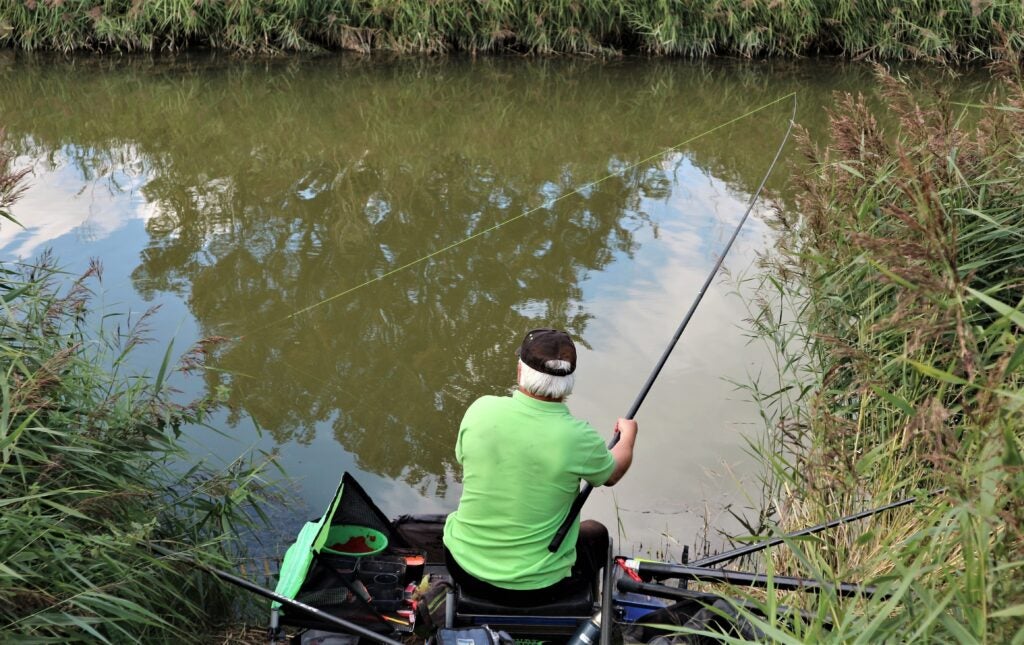

After a couple of hours I went to see how Andy was getting on. He was fishing a longer pole line than me and had caught a few small skimmers, along with rudd, hybrids and roach. His float was showing up plenty of indications. The next time it disappeared his pole elastic shot out as something jet-propelled sped off down the drain. The fish charged about a lot more erratically than the one I lost on my first visit, turning out to be a surprise common carp of around 3lbs. I went back to my swim just as the bailiff arrived. It was £6 for a day ticket, £12 for a concessionary club book, or £21 for full membership, all very reasonable considering many more miles of drain fishing is offered by the Holbeach and District Angling Club. The bailiff told me there are double-figure carp, also sizeable bream, but in both cases you have to search around to find them. A local had bagged 50lbs of proper slabs recently and much bigger weights are not uncommon.
SOMETHING DIFFERENT
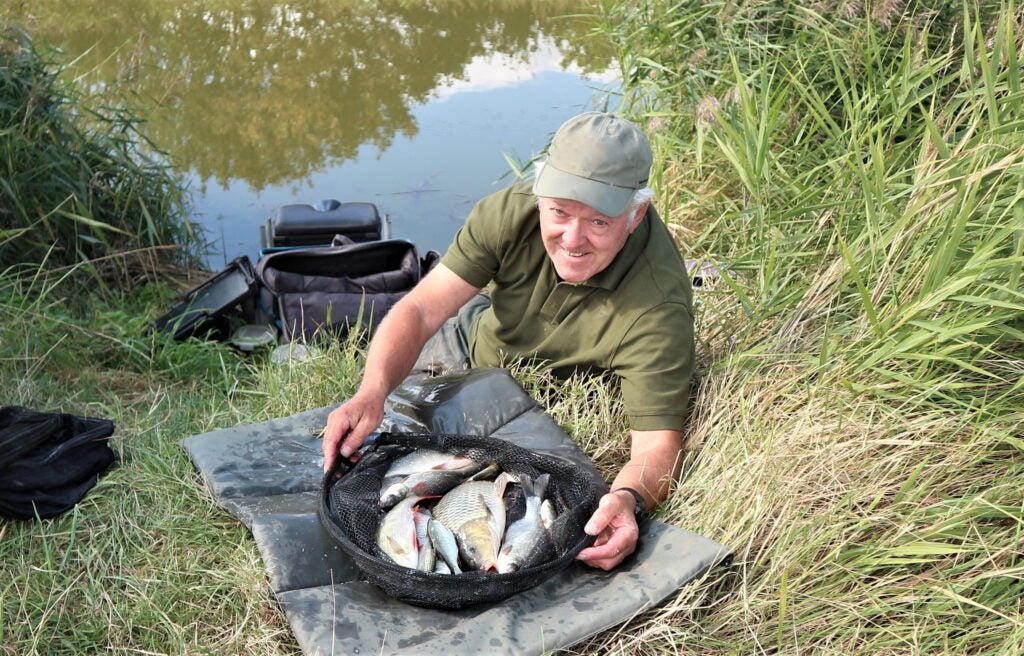

I’ve covered lots of miles exploring the drains around the Boston, Holbeach and Wisbech areas over the past few years, feeling I have only scratched the surface so far. It takes time to get to know the hotspots and where the fish shoal up at different times of the year. I’ve caught some cracking big perch and fair-sized bonus tench, along with nice bags of silvers. The bream shoals have proved to be more elusive, but I’m getting a better picture of where those fish are known to show, also how shoals of silvers migrate fair distances and where they tend to end up. It’s not easy fishing but I always enjoy a challenge. The fenland drains are visited by fewer anglers these days and a lot of areas are less accessible than they used to be. But the fish are still there, requiring a bit more work to find them. I finished this session with another one of those South Holland carp, a few bigger hybrids, and one or two bonus perch. All very enjoyable.










